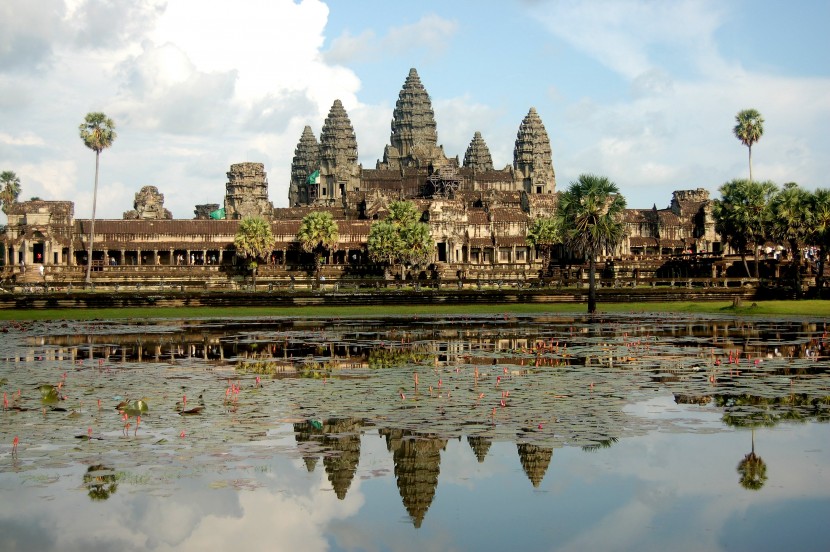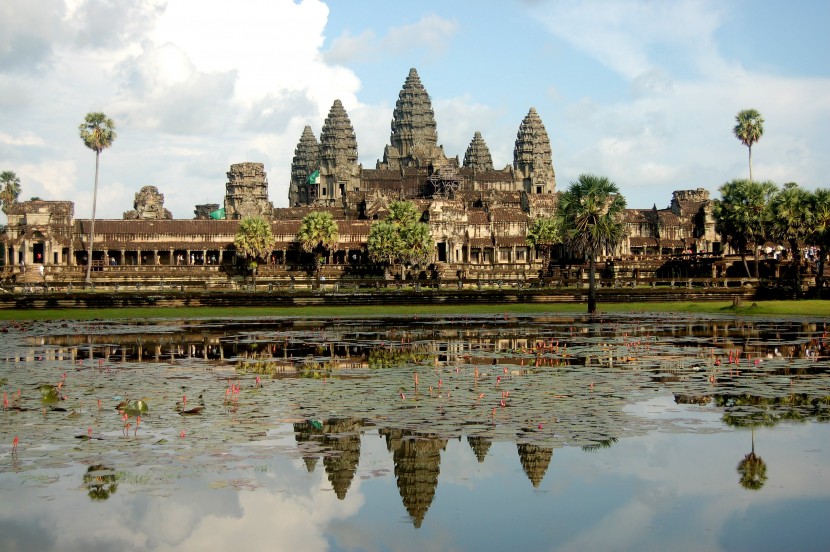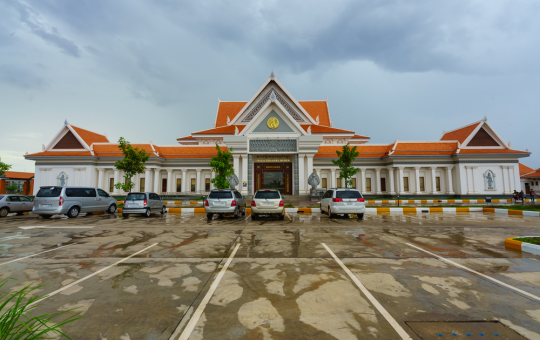
Angkor Wat - Heritage of Humanity and World Wonder
Unlike most Angkorian temples, Angkor Wat is built facing to the west and this has scholars divided as to its significance.
This magnificent temple combines two basic plans of Khmer temple architecture; the temple mountain and the later galleried temple, based on early South Indian Hindu architecture. Surrounded by a moat, an outer wall with three rectangular galleries, and a quincunx of towers in the center, clearly indicates that the Angkor Wat temple was designed to represent Mount Meru, home of the devas in Hindu mythology. The extensive bas-reliefs and the numerous guardian spirits adorning its walls serve as evidence of the strong Khmer religious beliefs.
The position of the temple is orientated to connect the earth with the sky. The sun raises exactly on the peak of the main Angkor Temple twice a year, at the so-called equinox – time of the year when the sun crosses the plane of the earth’s equator and day and night are of equal length.
Researchers also discovered that the main route to Angkor Wat temple differs by three quarters of a degree from the east-west axis to the north. According to the precession of the earth’s axis, the North Pole is not fixed but moves like a spiral. This happens extremely slowly at around 72 years for each degree. It takes about 26,000 years for a complete revolution.
Multiplying the precession of the earth’s axis – the aforementioned three quarters of a degree – with the number 72 results in the number 54. The number 54 is frequently observed in Angkor Park. For example, the four-faced towers at the Bayon Temple or the guards in front of the South Gate of the city of Angkor Thom.





